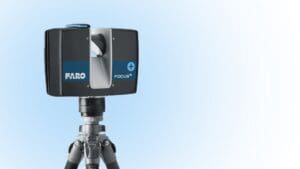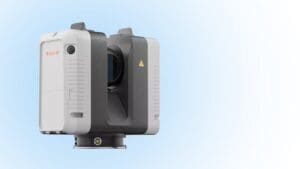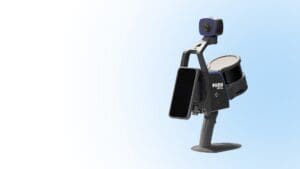Capturing 3D digital scanner replicas of objects and parts is hugely important in varied software applications, from prototyping to reverse engineering discontinued components to develop new CAD files.
Industry-ready scanners with unparalleled accuracy can scan even extremely small objects from your desktop, including high-precision electronics, mechanical parts, resin modeling, jewelry, and even keys. This gives producers and engineers a way to create perfect digital models they can deploy in quality control, design processes, or manufacturing.
Options include dual laser and LED scanners that are adaptable and suited to a broad range of materials and specialist scanners engineered with the precision necessary for high-end jewelry design and restoration, to name just a few.






